Fleur du Cap Noble Late Harvest 1996
-
Wine
Spectator

Product Details
Your Rating
Somm Note
Winemaker Notes
Professional Ratings
- Wine Spectator






One of South Africa's premier and best-known labels, Fleur du Cap, is a member of the Distell group. The Fleur du Cap wines are made from grapes meticulously selected from superior vineyard blocks in the Cape Coastal region and are made in a contemporary style which captures and reflects the highly sought-after qualities of varietal character and terroir.
Leading the way, this new generation of wines is crafted in compliance with universal guidelines to ensure environmentally friendly winemaking practices. Winemaker Andrea Freeborough strives to make well-versed wines that reflect minimal intervention in the cellar. Great skill, unwavering dedication and participative team work lies behind the success of the Fleur du Cap wines. Making wine "the way Mother Nature intended" requires greater care from the winemaking team as each step of the intricate winemaking process has to be gently and sensitively handled to produce wines that express their terroir and varietal character.

Apart from the classics, we find many regional gems of different styles.
Late harvest wines are probably the easiest to understand. Grapes are picked so late that the sugars build up and residual sugar remains after the fermentation process. Ice wine, a style founded in Germany and there referred to as eiswein, is an extreme late harvest wine, produced from grapes frozen on the vine, and pressed while still frozen, resulting in a higher concentration of sugar. It is becoming a specialty of Canada as well, where it takes on the English name of ice wine.
Vin Santo, literally “holy wine,” is a Tuscan sweet wine made from drying the local white grapes Trebbiano Toscano and Malvasia in the winery and not pressing until somewhere between November and March.
Rutherglen is an historic wine region in northeast Victoria, Australia, famous for its fortified Topaque and Muscat with complex tawny characteristics.

With an important wine renaissance in full swing, impressive red and white bargains abound in South Africa. The country has a particularly long and rich history with winemaking, especially considering its status as part of the “New World.” In the mid-17th century, the lusciously sweet dessert wines of Constantia were highly prized by the European aristocracy. Since then, the South African wine industry has experienced some setbacks due to the phylloxera infestation of the late 1800s and political difficulties throughout the following century.
Today, however, South Africa is increasingly responsible for high-demand, high-quality wines—a blessing to put the country back on the international wine map. Wine production is mainly situated around Cape Town, where the climate is generally warm to hot. But the Benguela Current from Antarctica provides brisk ocean breezes necessary for steady ripening of grapes. Similarly, cooler, high-elevation vineyard sites throughout South Africa offer similar, favorable growing conditions.
South Africa’s wine zones are divided into region, then smaller districts and finally wards, but the country’s wine styles are differentiated more by grape variety than by region. Pinotage, a cross between Pinot Noir and Cinsault, is the country’s “signature” grape, responsible for red-fruit-driven, spicy, earthy reds. When Pinotage is blended with other red varieties, like Cabernet Sauvignon, Merlot, Syrah or Pinot Noir (all commonly vinified alone as well), it is often labeled as a “Cape Blend.” Chenin Blanc (locally known as “Steen”) dominates white wine production, with Chardonnay and Sauvignon Blanc following close behind.
